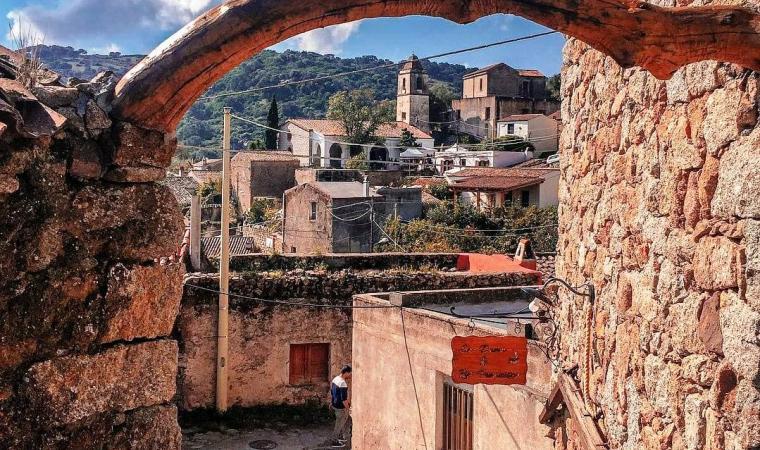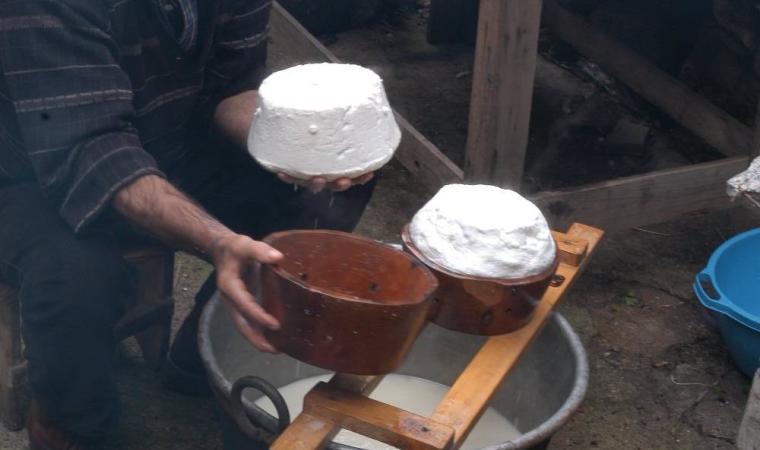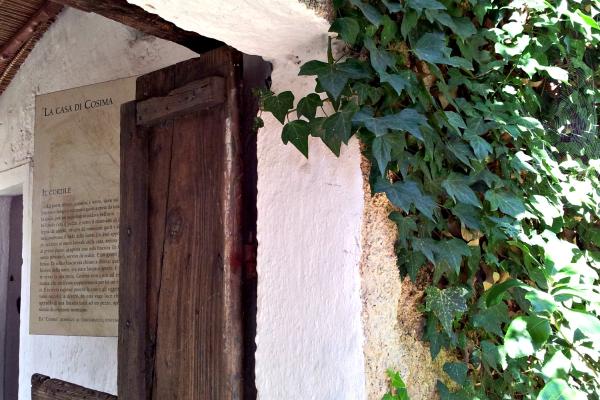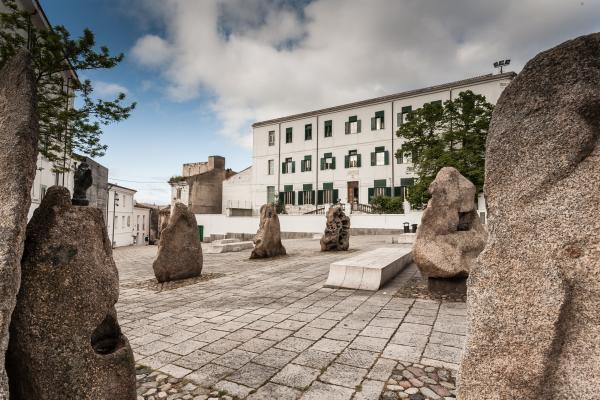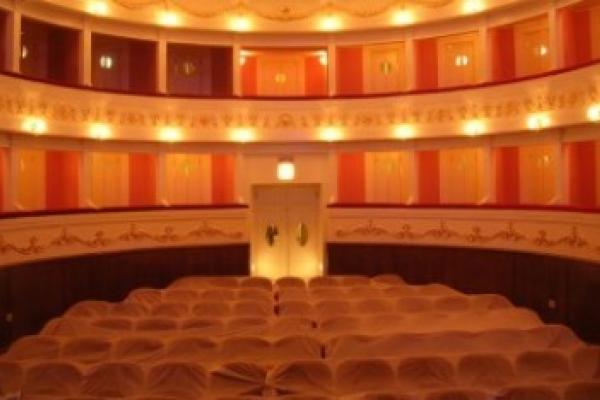A "pall" of unease and mystery hangs over Lollove, the place that time forgot, included in the club of the most beautiful villages in Italy. It will wrap around you as you wander through steep, narrow, cobbled alleyways and grey stone houses clinging to the sides of a hill, from the top of which you can catch a panorama over the whole valley. Only a few homes remain intact and many are in ruins, with sloping, clay-tiled rooves where they remain, windows with vases of flowers and architraves over the doorways. Inside, each home has its fireplace and wood-burning oven. The atmosphere allows you to imagine how the village must have been when it was still populated, as life continued at the slow pace of nature and the hard work of the vineyard. Now, a surreal silence reigns, evoking ancient stories. The old people who remain tell how one or more "penitent" Franciscan nuns from the old convent in Via Bixio, run by the late-Gothic old parish church of Santa Maria Maddalena, were accused of carnal relations with the local shepherds. Once the scandal broke, the nuns were shamed by their sisters and forced to leave the convent. As they left, they put a curse on the village: "Lollove, you will be like the water of the sea, you will never again grow or appear to grow!".

Historical small village
The last remaining medieval village on the island, Lollove is almost abandoned: ten minutes from Nuoro, travel back in time in an enchanted town that offers a glimpse into central Sardinia's past
The last remaining medieval village on the island, Lollove is almost abandoned: ten minutes from Nuoro, travel back in time in an enchanted town that offers a glimpse into central Sardinia's past
See this place because...
Fall in love with this film-like setting, almost a ghost-village, where everyone has left, leaving a timeless place that preserves the island's most authentic memories
Pictures and videos
You may also like
More attractions in the vicinity
Nearby hotels and accommodations

Bed and breakfast
NUORO
4 km

Bed and breakfast
NUORO
4 km

Bed and breakfast (rental rooms)
NUORO
4 km


